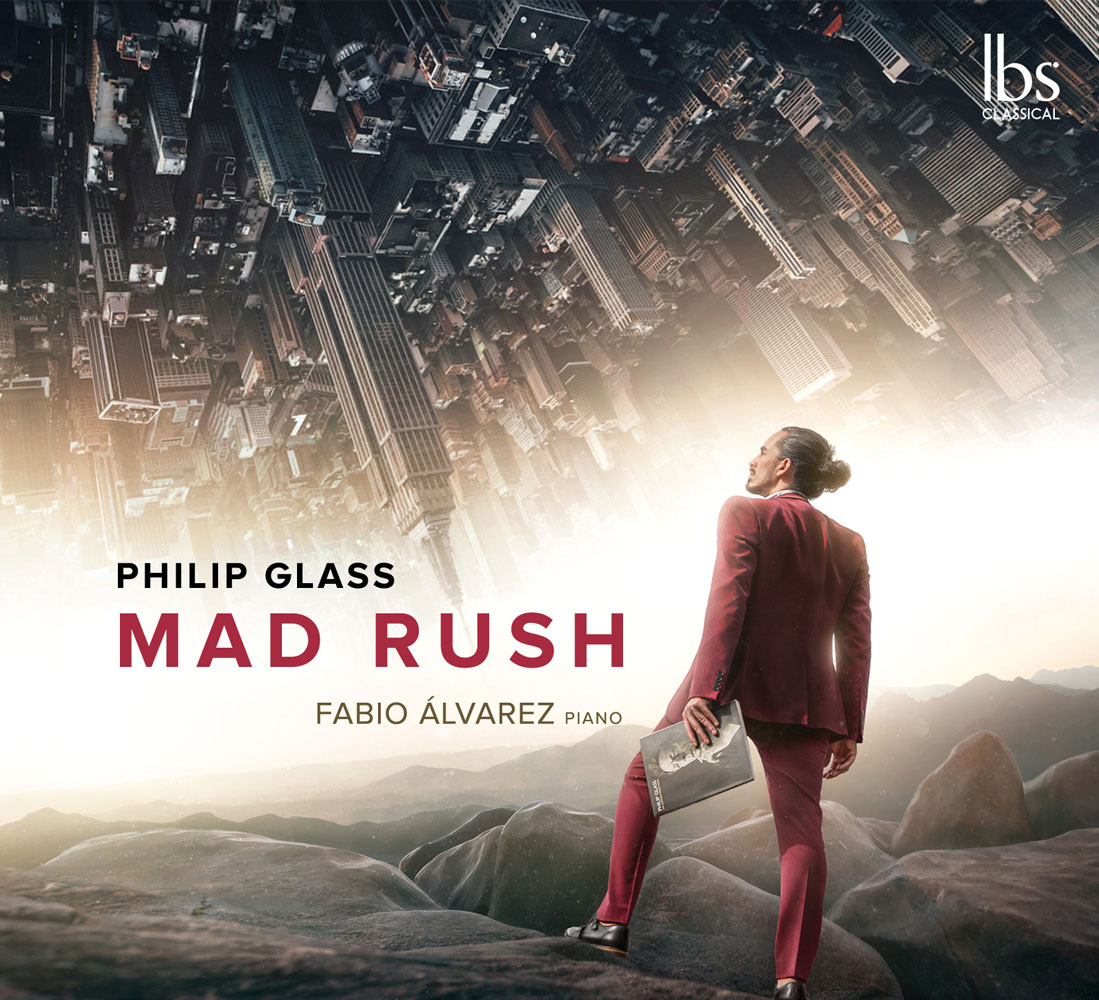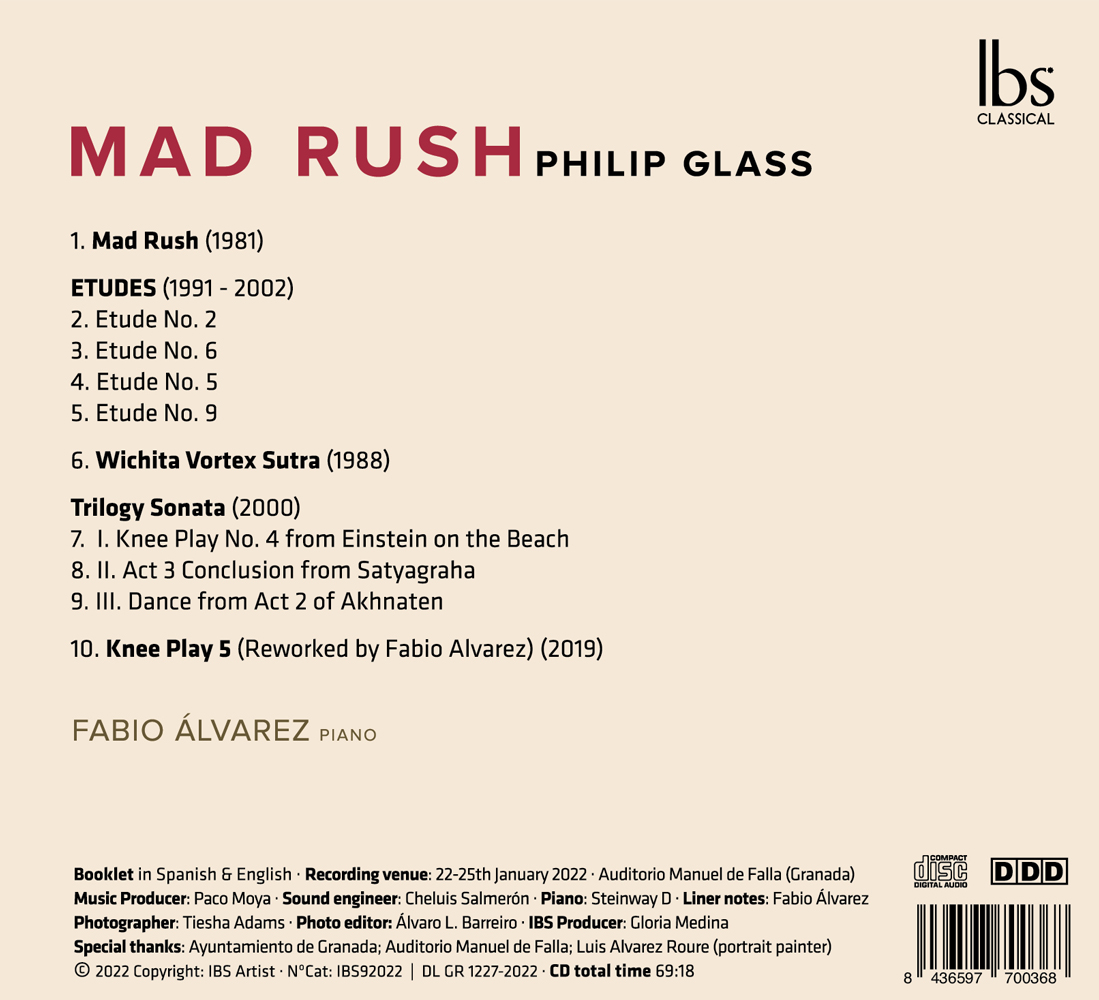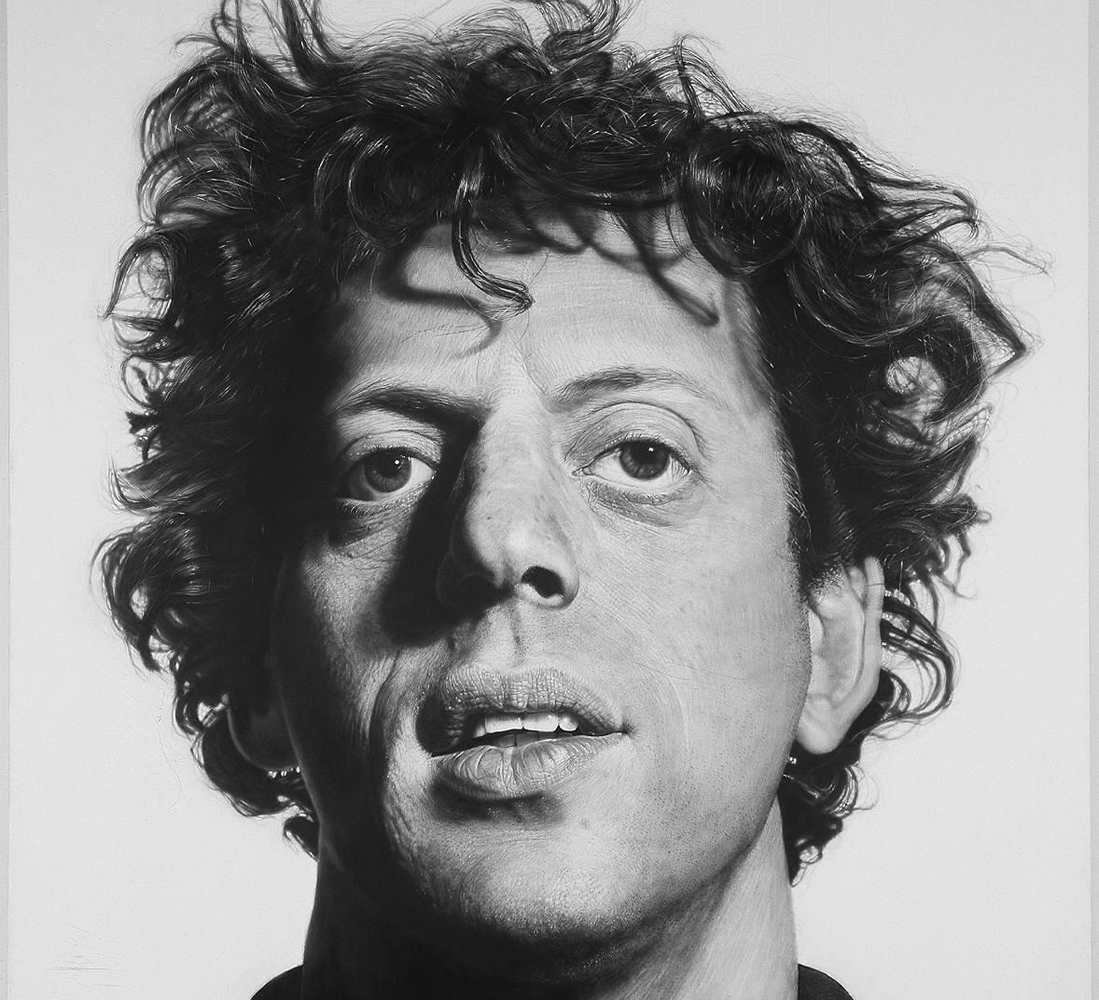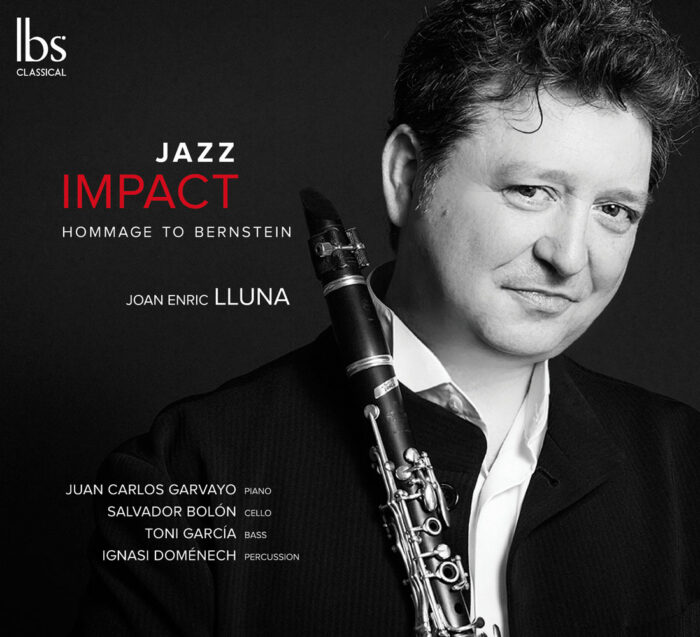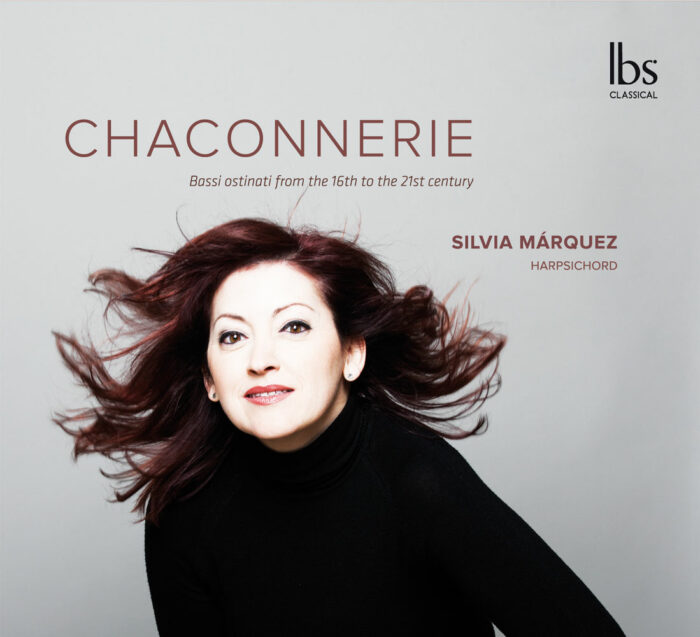New York
In New York it is impossible, almost forced, not to end up trapped by the music of Philip Glass. His operas sound at the Metropolitan Opera, his portrait by Chuck Close on the 86th Street subway and that “Mad Rush” of the city that never sleeps. This project was born influenced by the performer’s musical moment and circumstances after having lived in the Big Apple for 7 years.
This “Mad Rush – Philip Glass” project has brought together some of the most representative pieces by one of the most influential composers on the current music scene, recently awarded the XIV BBVA Foundation Frontiers of Knowledge Award in Music and Opera “for his extraordinary contribution to musical creation and opera, with a great impact on the history of music in the 20th and 21st centuries”, according to the jury.
In his memoir (Words Without Music: A Memoir by Philip Glass edited by Liveright Publishing Corporation), Glass identifies his own sound with the city in which he has lived the longest and in which he still resides, New York. Asked about this, he assures that “what makes New York such a wonderful place is that people come there from all over the country and from all over the world, generally with an open mind, wanting to work with others and in search of new ideas. New York, Los Angeles, Paris, Madrid are such cities; big cities tend to congregate artists”, he concludes.
After his travels through Europe and Asia, in 1967 he returned to New York and created his own ensemble: the Philip Glass Ensemble, a formation made up of synthesizers, keyboards and amplified brass, with which he would put into practice a new approach to music. musical creation that ended up being called “minimalism”. Although he now says he does not feel comfortable with that label, Glass was one of its creators and greatest exponents.
When asked about the evolution of his style, which he himself defined years ago as “an attempt to integrate the three musical elements: melody, harmony and rhythm”, he now states that he prefers to “redefine the elements. Instead of talking about harmony, melody and rhythm, let’s talk about language, imagination and intuition. The language of music can be very specific, depending on where, when and with whom you study it… The language of music is what we learn to play and listen to… The other two elements, imagination and intuition, are very important: you can get a degree in the language of music, but you can’t get a degree in imagination or intuition. Those are the things that we bring with us when we start working, and that is just as true in architecture, medicine, politics or economics. Without imagination and intuition, music doesn’t really make sense.”
The Pieces
Mad Rush (1981) was first written as the organ piece on the occasion of a visit to New York by the Dalai Lama (1935). Later it was used by choreographer Lucinda Childs for a dance of the same name. Unlike Witchita Vortex Sutra, which is entirely in F major, Mad Rush vacillates between F major and A minor in the manner of modal music, where the listener is unsure what the mode actually is until the end. In this case, F is the “dominant” chord, and A minor is the “final”.
Wichita Vortex Sutra (1988) is a haunting and graceful accompaniment for Allen Ginsberg’s poem about the Vietnam War. The two friends bumped into each other in a bookstore in the East Village of New York and decided to collaborate. Glass wrote the music to mirror Ginsberg’s reading of the poem. The beautiful, consonant harmonies juxtapose with the graphic images of war to create a disarming work.
The Trilogy Sonata (2000) consists of three piano transcriptions of Philip Glass’s “portrait” trilogy of operas, Einstein on the Beach (1976), Satyagraha (1979), and Akhnaten (1983). A trilogy or triptych of portraits, with the figures of Albert Einstein in Einstein on the Beach, of Mahatma Gandhi in Satyagraha –“true force” in Sanskrit– and of the Egyptian pharaoh Akhenaten in the homonymous opera (Akhnaten, in the original English) In In them, Glass deals with the lives of three men (the man of Science, the man of Religion, the man of Politics) who, according to his approach, changed the world through their lives and their works, through “the power of ideas and not the power of force.
“The Twenty Studies for Piano were composed during the years 1991 to 2012. Their final configuration in Book 1 and Book 2 was determined by the music itself in the course of its composition. Book 1 (Etudes 1-10) had a twofold goal: to explore a variety of piano tempi, textures, and techniques. At the same time, it was meant to serve as a pedagogical tool with which to improve my piano playing. In these two ways, Book 1 was very successful. I learned a lot about the piano and in the course of learning music, I became a better player. New projects arose and interrupted work on the Etudes for several years. Perhaps for that reason, when I started working with the Etudes again, I found that the music was following a new path. Although I resolved questions of piano technique for myself in Book 1, the music in Book 2 quickly began to suggest a series of new adventures in harmony and structure. In this way, Books 1 and 2, taken together, suggest a royal trajectory that includes a wide range of musical and technical ideas. In the end, the Etudes are meant to be appreciated not only by the general listener, but especially by those who have the ability and patience to learn, play, and perform the music themselves.” (Philip Glass, October 20, 2014).
Knee Plays 5 (Reworked by Fabio Álvarez) is an arrangement made by Fabio Álvarez himself for pianist/narrator of the last of the 5 intermezzo or “knee plays” of the opera Einstein on the Beach (1976).
The opera consists of nine connected 20-minute scenes in four acts separated by “Knee Plays”. Five “Knee Plays” frame the opera’s structure and appear in between acts, while also functioning as the opening and closing scenes. Glass defines a “Knee Play” as an interlude between acts and as “the ‘knee’ referring to the joining function that humans’ anatomical knees perform”. While the “Knee Plays” helped to create the necessary time to change the scenery of the seven sets, these interludes also served a musical function. David Cunningham, a Glass scholar, writes that the intermittence of Glass’s “Knee Plays” amongst the opera’s four acts, serves as a “constant motif in the whole work”
Fabio Alvarez
Awarded with the Orpheus Classical Music Award (2019) and the Melómano de Oro (2019) for his first record project MUSICAL ZODIAC (Orpheus Classical 2018), Fabio Álvarez has been defined by critics as a brilliant, impressive and sensitive pianist (Revista Musical Catalan 2019).
Trained in the US at the Manhattan School of Music in New York, Fabio obtained his Master of Music with the highest qualification under the tutelage of the renowned pianist and pedagogue Philip Kawin, having previously obtained his Piano Performance Undergraduate´s Degree at Musikene, Conservatorio Superior de Música del País Vasco with Ricardo Requejo and Emmanuel Ferrer-Lalöe.
Specialized in contemporary repertoire with Anthony De Mare and Ricardo Descalzo, at the heart of Fabio’s interests is the promotion of contemporary composers around the world and he has already premiered several pieces for solo piano, having personally worked with world-renowned composers as George Crumb (1929 – 2022), with whom he prepared his first record project.
Fabio has played in some of the most prestigious international halls such as Carnegie Hall (New York), the Juan March Foundation (Madrid), the Manuel de Falla Auditorium (Granada) or the Campos Elíseos Theater (Bilbao), and he was also selected to participate in festivals such as the NAK Festival of Contemporary Music of Navarra 2019, III Festival of Women in Music, XII and XIV Festival of Performers Teresa Berganza.
Fabio has received advice from distinguished pianists and pedagogues, including: Ivo Pogorelich, Eldar Nebolsin, Imre Rohman, Julian Martin, Robert McDonald, Josep Colom, Marta Zabaleta, Jose Ramón Méndez, James Giles, Nino Kereselidze, Gustavo Díaz Jerez, Mariana Gurkova , Jean-Philippe Guillo, Aurélie Forre, María Jesús Crespo, María Teresa Pérez and Alexander Kandelaki, among others.
Fabio currently resides in Madrid (Spain) where he combines his concert activity and concert tours with his pedagogical activity.
